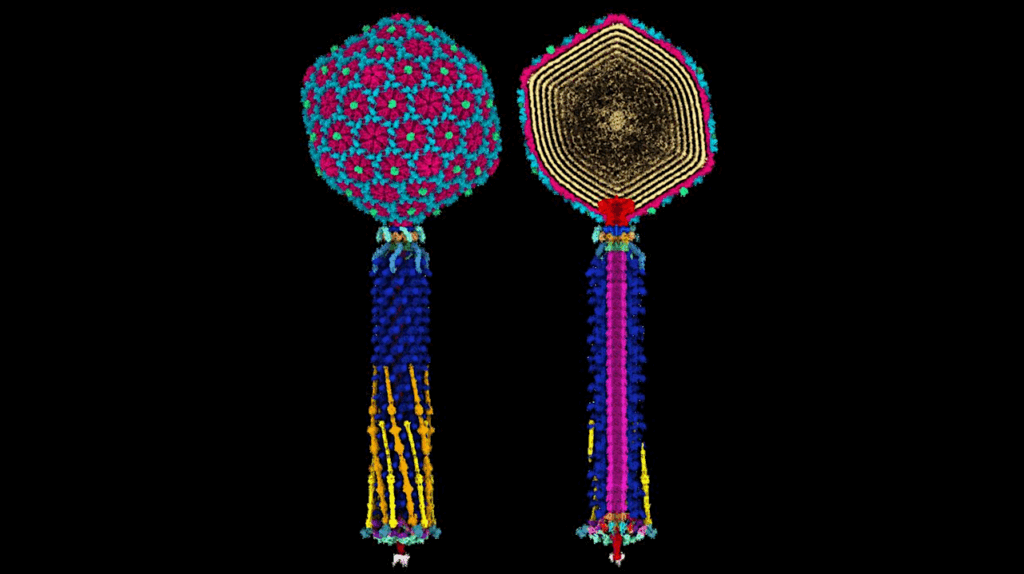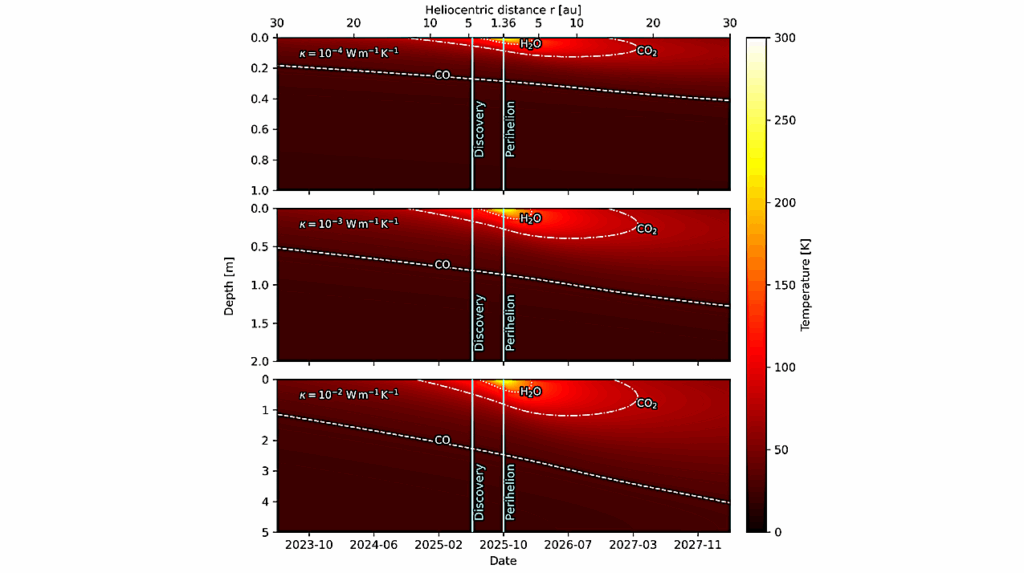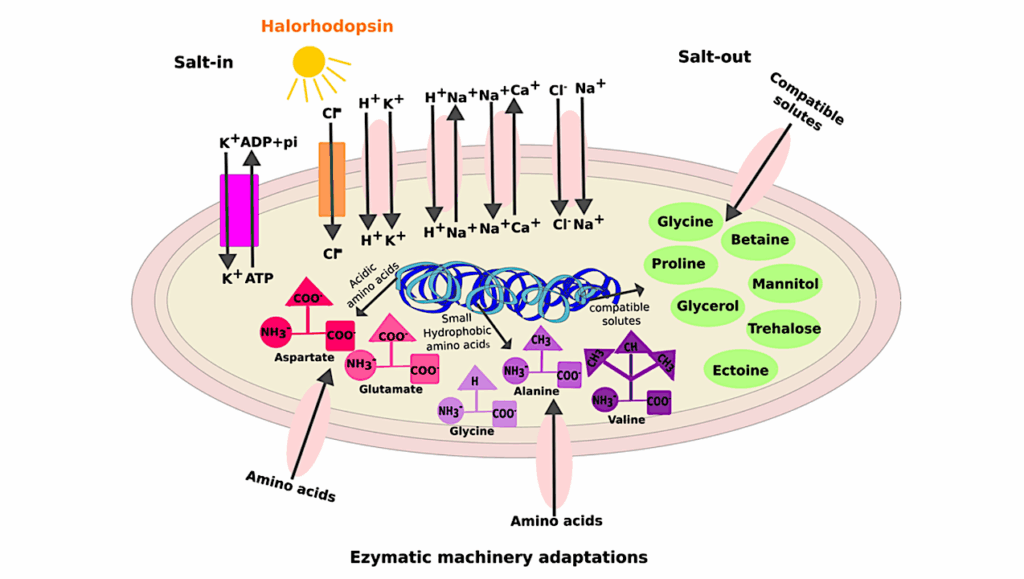Detailed Abundances of the Planet-hosting TOI-1173 A/B system: Possible Evidence of Planet Engulfment in a Very Wide Binary

Over the last decade, studies of large samples of binary systems identified chemical anomalies, and showed that they might be attributed to planet formation or planet engulfment. However, both scenarios have primarily been tested in pairs without known exoplanets.
In this work, we explore these scenarios in the newly detected planet-hosting wide binary TOI-1173 A/B (projected separation ∼11,400 AU) using high-resolution MAROON-X and ARCES spectra. We determined photospheric stellar parameters both by fitting stellar models and via the spectroscopic equilibrium approach.
Both analyses agree and suggest that they are cool main sequence stars located in the thin disc. A line-by-line differential analysis between the components (B−A) displays an abundance pattern in the condensation temperature plane where the planet-hosting star TOI-1173 A is enhanced in refractory elements such as iron by more than 0.05 dex. This suggests the engulfment of ∼18 M⊕ of rocky material in star A.
Our hypothesis is supported by the dynamics of the system detailed in our companion paper Yana Galarza et al. 2024, which suggest that the Super-Neptune TOI-1173 A b might have been delivered to its current short period (∼7 days) through circulatization and von Zeipel-Lidov-Kozai mechanisms, thereby triggering the engulfment of inner rocky exoplanets.

Differential chemical abundances of TOI-1173 B relative to TOI-1173 A as a function of condensation temperature for stellar parameters estimated with xiru (upper panel) and isochrones (botton panel). The linear red solid and red dashed lines are the fits to the refractory (TC > 900 K) and volatile elements (TC < 900 K), respectively. Vertical dashed lines connect two species of the same chemical element (e.g., Cr I and Cr II). — astro-ph.SR

Density plot of elemental abundances of G-type stars (Bedell et al. 2018; Spina et al. 2018; Yana Galarza et al. 2021c) in the thin-disk with 5600 K ≤ Teff ≤ 6000 K as a function of age. The circle and square symbols represent TOI-1173 A and TOI-1173 B, respectively. The green symbols indicate abundances using xiru-based stellar parameters, while the yellow symbols use isochrones-based stellar parameters. For oxygen, the yellow and green symbols represent the NLTE-corrected abundance estimated using the grids of Ram´ırez et al. (2007). The Sun is plotted as a red solar standard symbol. The ages of the G-type stars were estimated using the Yonsei-Yale evolutionary tracks (Yi et al. 2001), the same models used to infer the adopted age of TOI-1173 A/B. — astro-ph.SR
Jhon Yana Galarza, Henrique Reggiani, Thiago Ferreira, Diego Lorenzo-Oliveira, Joshua D. Simon, Andrew McWilliam, Kevin C. Schlaufman, Paula Miquelarena, Matias Flores Trivigno, Marcelo Jaque Arancibia
Comments: Accepted for publication in the Astronomical Journal on July 29, 2024
Subjects: Solar and Stellar Astrophysics (astro-ph.SR); Earth and Planetary Astrophysics (astro-ph.EP)
Cite as: arXiv:2407.20949 [astro-ph.SR] (or arXiv:2407.20949v1 [astro-ph.SR] for this version)
Submission history
From: Jhon Yana Galarza
[v1] Tue, 30 Jul 2024 16:27:50 UTC (2,735 KB)
https://arxiv.org/abs/2407.20949
Astrobiology, Exoplanet,








